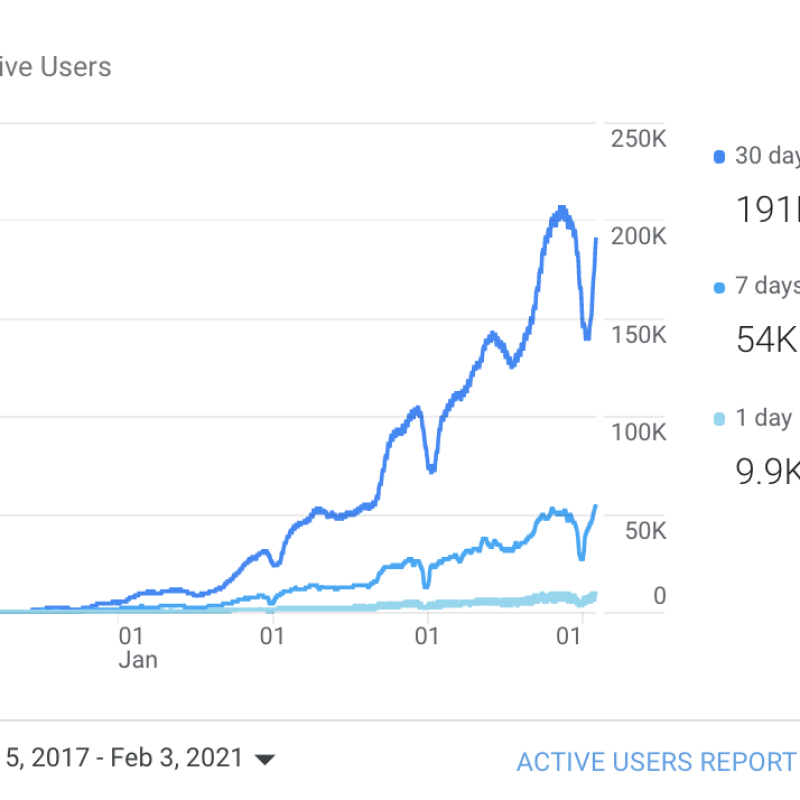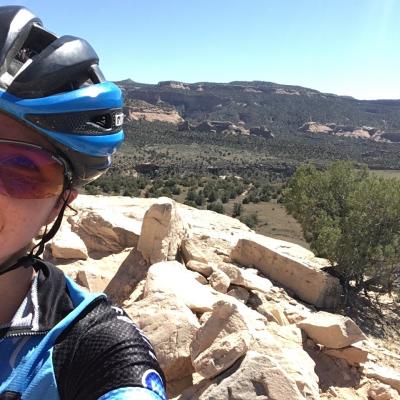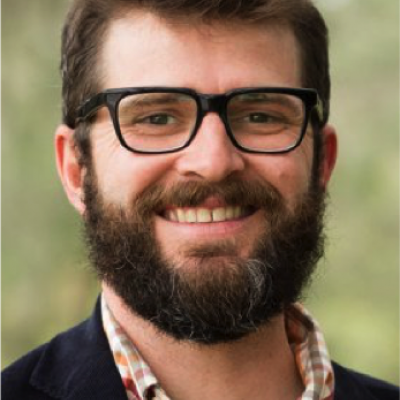Earth Data Science And The Open Education Movement
How open educational resources improve student experiences in data-intensive courses
In the United States, only 26.6% of people over the age of 14 have a tertiary education, which includes everything from associate to Ph.D degrees, professional certificates, and trade school. While the U.S. doesn’t boast a particularly high percentage, it still exceeds the global average of only 8% by a considerable amount. Post-secondary education has been proven to increase future income and decrease chance of unemployment, however not all regions have access to a quality education.
Educational disparities across location and socio-economic status can be massive, leaving many people without the ability to access necessary material. Considering only the United States, quality of education and educational opportunities vary widely—school districts in New York spent an average of $23,091 per student over the 2017 fiscal year, while schools in Utah spent an average of only $7,179. Funds allocated per student don’t correlate exactly with quality of education, but such statistics do indicate the vast disparities that exist within our education system.
The open education movement seeks to democratize education by using technology to offer a free, open source education to students that may otherwise be deprived. By easing access to a variety of courses and content, the open education movement seeks to reduce educational disparities both within the United States and around the world.
Earth data science courses can be extraordinarily difficult to find and access for interested students. There are only a handful of universities that offer earth data science, and often the price and location aren’t favorable for interested parties. Open educational resources like earthdatascience.org, which offers three completely free textbooks and a number of additional lessons on earth data science in the programming languages Python and R, are part of the effort to provide a quality earth data science education to more people in the United States and globally.
Open Education’s Role in Coding and STEM
The open education movement has a massive amount of potential in all fields, but particularly computer science, data analytics, and other STEM industries because effective tools for technological collaboration are already established and widely used. Open source languages in computer science and coding promote collaboration and sharing, while open education materials published for free online are available to teach fundamental skills.
In addition, open educational resources are particularly valuable in STEM and data science because racial, economic, and location disparities are particularly large in these areas. Only 26% of data jobs in the United States are held by women, and black and Hispanic workers comprise 9% and 7% of the STEM workforce, respectively. Open educational resources can be a stride in increasing these percentages by making information more available to different types of students. Open educational resources are more inclusive to non-traditional students (those with professions, families, and otherwise busy lives) because users can work through lessons or courses at their own pace.
By expanding the reach of education, the open education movement and related open educational resources have the potential to increase diversity within STEM and data science.
Our Experience With Creating And Using Open Educational Resources
Earth Lab puts a strong emphasis on developing and supporting open source software, open science, and open education. We have successfully integrated use of open educational resources with the courses that we offer through the University of Colorado Boulder. The Earth Lab education team created and developed the earth data science R and Python resources available on earthdatascience.org. These open source and freely available resources are used to supplement our earth data science certificate courses including Earth Analytics, Earth Analytics Bootcamp, and Earth Analytics Applications. These courses form the core of our professional certificate program, which is aimed towards non-traditional students. Because of this, students are able to attend lectures in a number of different ways:
- Students can attend the lecture in person at CU Boulder.
- Students can attend the lecture remotely by using Zoom and watch the class live.
- Students can watch the recorded version of the lecture whenever it fits best in their schedule.
This additional flexibility in scheduling is an effort to permit professionals to continue their education and gain the earth data science skills that could help them launch a new career (or accelerate their current career) in the rapidly growing field of data science.
Integrating the free, openly available lessons on earthdatascience.org as supplements to the curriculum in the lectures gives the students another self-paced resource to assist their learning.
In the middle and at the conclusion of each semester, we survey our professional certificate students in order to assess our use of educational technology, both open and otherwise. So far, almost every class in every cohort has ranked the open educational resources available on earthdatascience.org as the most helpful out of all the numerous resources offered. Students appreciate the concise and easily digestible nature of the material on earthdatascience.org. One student from the fall 2018 bootcamp course noted that the earth data science site was an “extremely helpful resource—if I had a question about the material it was so much simpler to thumb through this resource than try to find the spot in the lecture recording that reviewed the concept.”
Students found the information they needed easily on the website and consistently rated it as “very useful” in completing their homework and explaining key concepts.
Of course, this portal isn’t only available to Earth Data Analytics Professional Certificate program students—as an open educational resource, it is freely available to the public. Not only do our students find the information on the site helpful, but the public does as well, as evidenced by the rapid growth of our audience. In 2017, directly after the website was launched, it got around 3,000 visitors per month. As of February 2021, over 50,000 people are visiting the site every week. This traffic speaks to the demand for a universal, open, and flexible education and earth data science skills.
Many students attend institutions that don’t have the resources to teach programming and data science, let alone earth data science. Open educational resources like earthdatascience.org are a step in lowering high financial and location barriers and increasing diversity in data science and coding fields. These resources, and the open education movement as a whole, offer the chance for a quality education to life-long learners worldwide.







